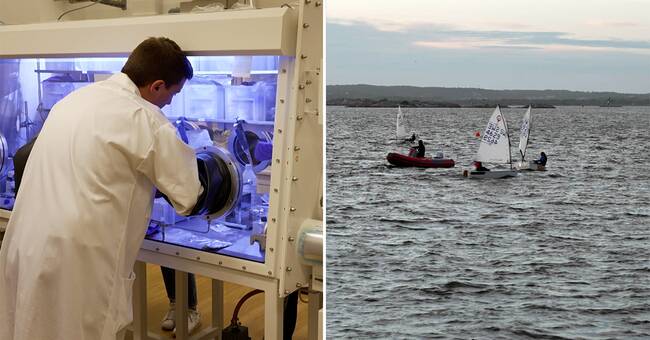Sodium is one of the most common metals and can be found in both seawater and salt.
If you could use that element for batteries, it would be a more environmentally friendly and more sustainable alternative to the usual lithium-ion batteries.
Nobel Prize-winning material
A group of researchers at Chalmers in Gothenburg has succeeded in creating an electrode material that gives sodium ion batteries much better capacity than before.
- The idea is that we want to replace lithium as an active ingredient in the battery.
Lithium works very well today, but the problem is that it is a finite resource that is not very well distributed in the world, says Professor Aleksandar Matic, professor at the Department of Physics at Chalmers.
The element lithium is extracted from mines, especially in China and the Congo.
Conditions during mining in the Congo have been described as sometimes very difficult.
Ordinary lithium-ion batteries need graphite as a material in the battery's anode pole.
But graphite cannot be used for sodium ions.
The Chalmers group has found that they can use graphene instead.
A Nobel Prize-winning material, also consisting of coal, but only a nuclear layer thick.
- We can build up the carbon layer by layer and modify how they look chemically, unlike the graphite which comes as a raw material, says Aleksandar Matic.
Chinese companies interested
The difficulty today is, according to Matic, to get as good performance as in the lithium-ion batteries.
- We'm not really there yet.
But there are a number of companies that have started looking at commercializing batteries like this.
One of the major Chinese manufacturers has said that they will start manufacturing, he says.
Are you already surrounded by China?
- Originating, well, we think we also contribute to moving boundaries.
In China, it is seen as a socially critical function to have access to batteries so they add to all the rags, says Matic.

